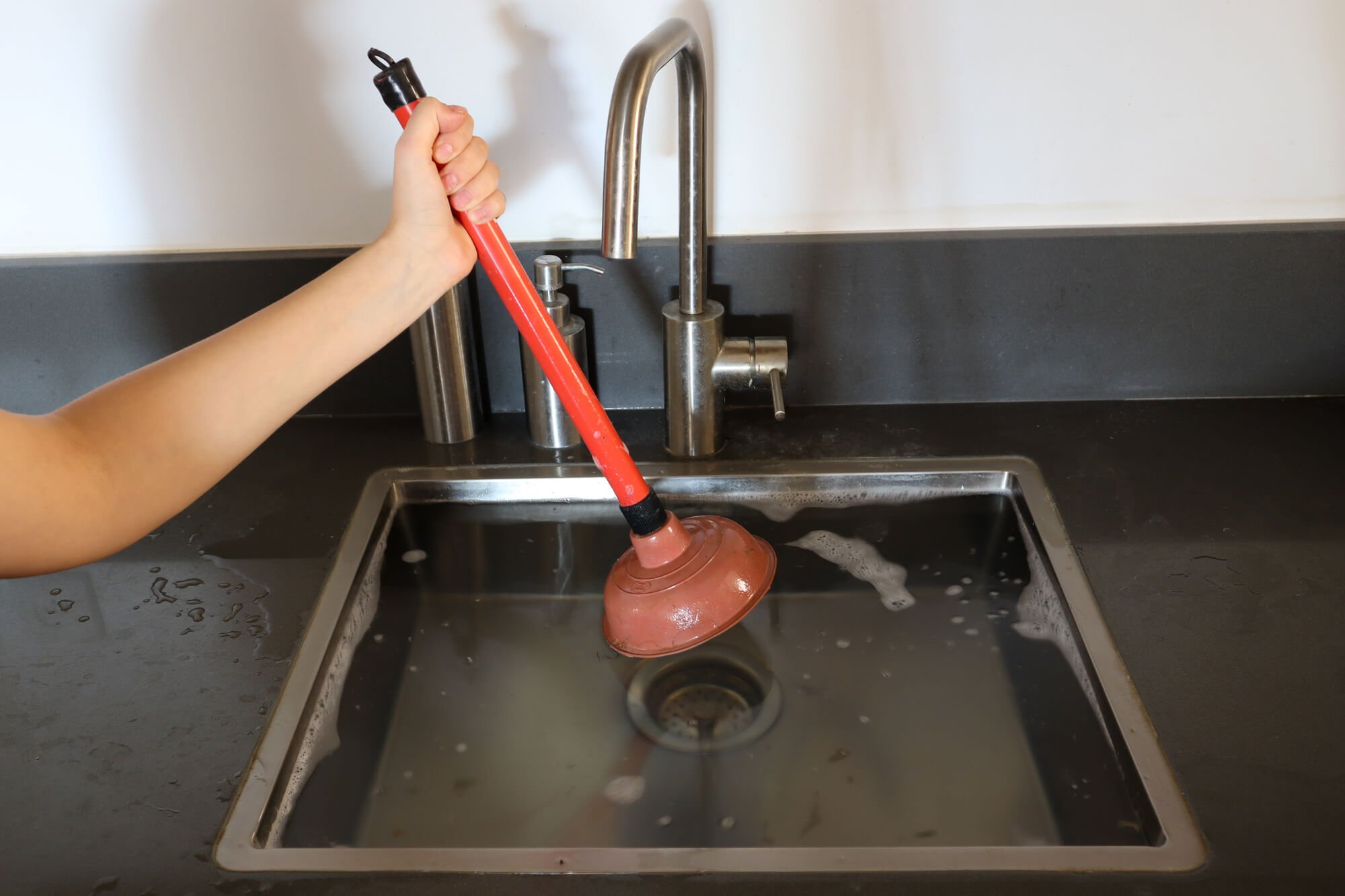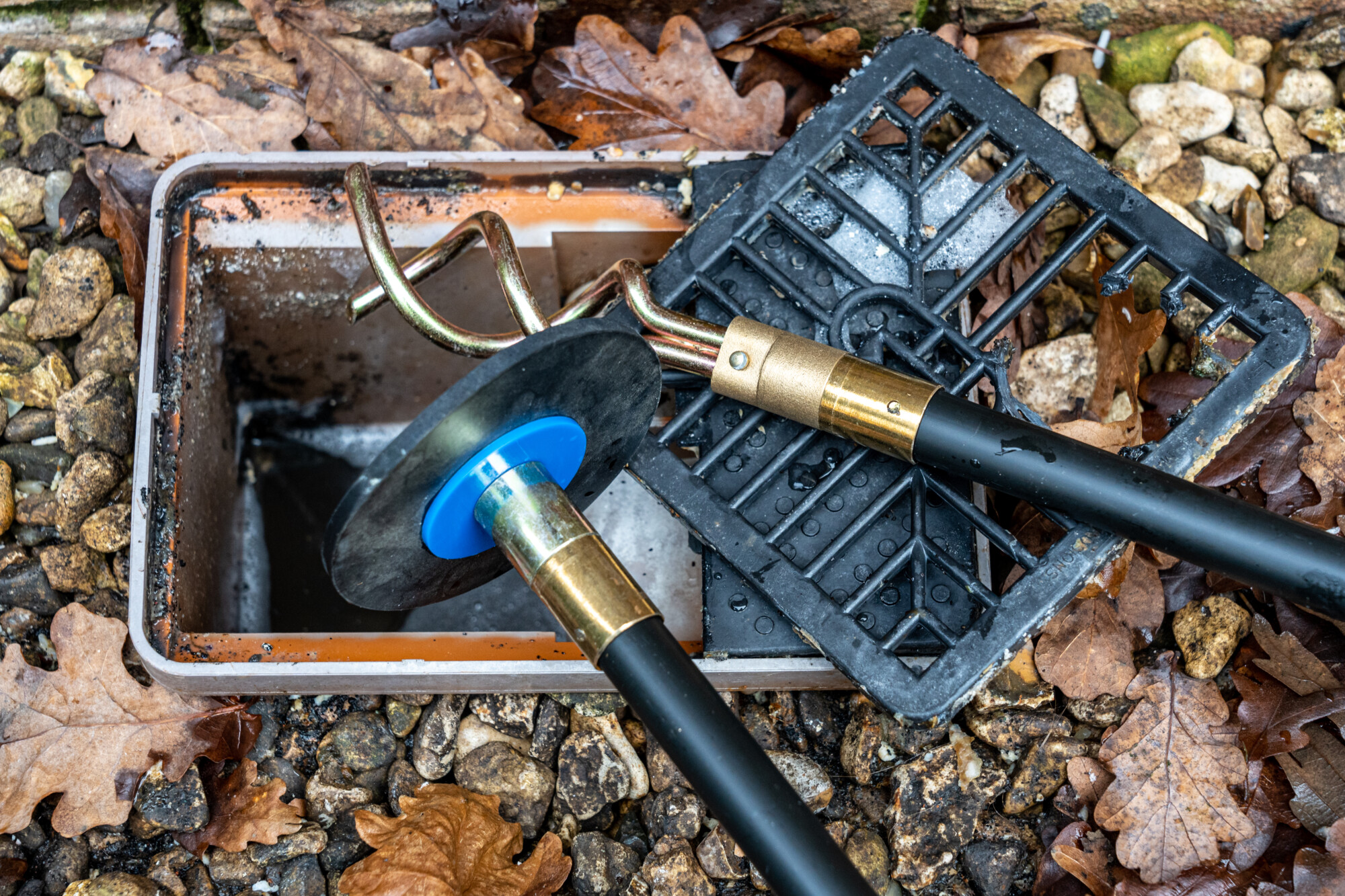We have stumbled on this post involving How to handle a clogged drain in your home below on the internet and reckoned it made perfect sense to quickly share it with you on my blog.

Introduction
Taking care of a blocked drainpipe can be an irritating experience, disrupting day-to-day activities and possibly triggering damage to your home. Nevertheless, prior to reaching out to plumbing experts, there are actions you can require to address the problem yourself. In this overview, we'll explore do it yourself solutions and preventive measures to deal with a blocked drainpipe efficiently.
Identifying the Issue
The first step in addressing an obstructed drainpipe is acknowledging the indicators. Sluggish water drainage, gurgling sounds, foul odors rising from drains pipes, or water support up are common signs of a blocked drainpipe. Identifying these signs early can help avoid better issues.
Choosing the Right Pipes Service
When selecting a plumbing service, consider aspects such as experience, licensing, and customer evaluations. Pick a credible plumbing professional with a performance history of high quality craftsmanship and clear pricing techniques.
Cost Factors to consider
The expense of expert drainpipe cleaning services can differ relying on the extent of the blockage and the plumbing professional's prices. Demand quotes from numerous providers and ask about any kind of added fees to make certain openness and stay clear of surprises.
Safety Measures
When attempting do it yourself drain cleaning, prioritize safety and security. Put on safety handwear covers and eyewear to prevent contact with damaging chemicals or germs. Never blend various drainpipe cleansing items, as this can produce harmful fumes.
Instance Researches
Real-life examples highlight the performance of do it yourself remedies and the importance of timely specialist treatment in solving drain blockages.
Usual Reasons For Obstructed Drainpipes
Recognizing the variables that add to drain clogs is crucial for effective resolution. Common offenders include hair, soap scum, oil, food particles, and foreign things like hygienic items or paper towels. Tree origins attacking underground pipes can also create significant obstructions.
Do it yourself Solutions
For minor clogs, numerous DIY solutions can be reliable. Pouring boiling water down the drainpipe can aid liquify grease and particles. Sodium bicarbonate and vinegar or a blend of salt and baking soda can function as natural cleansers. Using a plunger or pipes serpent to dislodge obstructions is one more alternative.
Devices and Tools
Having the right devices available can make do it yourself drain cleaning up extra reliable. A bettor is a functional tool for clearing clogs in sinks, bathrooms, and showers. A plumbing serpent or auger can reach deeper blockages, while drainpipe cleansing chemicals can be used very carefully for stubborn clogs.
Safety nets
To avoid future obstructions, embracing preventive measures is crucial. Set up drainpipe guards or strainers to catch hair and debris before they get in the pipelines. Frequently flush drains with warm water to dissolve oil accumulation, and prevent getting rid of oil or strong waste down the tubes.
When to Call a Professional
While DIY options can resolve small clogs, certain indications suggest the demand for professional aid. Consistent clogs, foul odors regardless of cleaning efforts, or numerous drains backing up at the same time are red flags that necessitate skilled intervention.
Conclusion
By following the ideas detailed in this overview, you can properly deal with blocked drains pipes and stop future pipes concerns. Whether choosing DIY services or looking for professional help, prompt action is key to keeping a healthy and balanced pipes system and protecting the honesty of your home.
How to Clear a Clogged Drain Yourself (And When to Call In the Professionals)
What Can Clog a Drain
Dirt Skin flakes Hair Grease Soap scum Food Offset pipes Tree roots Small objects Mineral buildup DIY Tricks to Unclog a Drain
You can fix this! Once you have identified the source of the clog (or have a vague idea), you can try one or a combination of these fixes in order to clear your plumbing.
Wire Hanger or Snake
Untangle and clear out hair from a drainpipe with a homemade snake. Use a straightened-out wire hanger with a 90-degree angle hook to locate the clog and drag out any unwanted material.
Remember not to push the clog further down to where the wire hanger cannot reach! If you need to follow up with a plunger, give it a try. Your efforts might be more successful after it’s been wire-snaked.
If you want to get fancy and don’t have a wire hanger to spare, head to the store and pick up a hand-operated drain snake. You can get one for $10-$30. It may save you the hassle, and provide additional length to reach deep into the clogged pipe.
Plunger
A cup plunger has a suction cup attached to a wooden handle. The rubber creates a seal around the drain, and increases the pressure force of the plunger.
Plunge for 30-second increments to loosen the clog. This may need to be repeated over the course of 15-20 minutes. Once plunged, run the water to flush the remaining material out of the drain.
Remember– never use a plunger if you have used a chemical drain cleaner. These chemicals can splash up from the force of the plunger and cause serious injury or burns.
Boiling Water
Hot water can sometimes break up materials into a flushable amount. Dirt, grease, and soap buildup requires heat in order to unstick from surfaces.
Take your kitchen kettle and heat your water to a boil. Once it reaches a rolling boil, pour it directly down the drain into the blockage. Carefully follow with plunging, if necessary.
Don’t worry if this takes more than one try! It can often take multiple kettles and repeated plunging in order to clear a particularly stubborn clog.
Chemical Drain Cleaner
As a last resort, pick up a bottle of chemical drain cleaner. Drain-cleaning chemicals are potent, and not very good for the environment.
You may need to wear protective eyewear in gloves before handling your bottle of chemical drain cleaner. Follow the instructions printed on the bottle, and flush with water as soon as the instructions allow. Do not follow with plunging.
Baking Soda and Vinegar
As a safer alternative to chemical drain cleaner, baking soda and vinegar can create a chemical reaction that clears tough clogs.
Combine one cup of cleaning vinegar with one cup of boiling water, and set aside. Once you have done this, pour half a cup of baking soda down the drain. Give the baking thirty seconds to settle and cover a large portion of the problem drain.
Following the baking soda, pour down your vinegar and hot water solution. Once the vinegar and baking soda combine, the mixture will bubble and fix. Let this reaction fizzle in the drain for about an hour.
After an hour, follow with a kettle’s worth of hot water. The heat and liquid should flush out any remaining material.
When to Call a Plumber
If your DIY attempts haven’t cleared your clog drain, it’s time to call in a professional. It’s not worth losing access to your kitchen sink or high-traffic bathroom. A clog in a vital area can keep you from the things you’d rather be doing, and derail your routine.
Anytime a clog is causing water to spread is a time to call in a plumbing service. What starts out as a little bit of water can quickly grow into serious, expensive water damage.
Additionally, a serious clog can result in burst pipes or serious leaks. Make sure you know when to take it seriously!
https://myguysnow.com/how-to-clear-a-clogged-drain-yourself-and-when-to-call-in-the-professionals/

Do you really like more info about ? Create a remark below. We would be glad to listen to your insights about this posting. In hopes to see you back again in the near future. Are you aware of another individual who is fascinated about the topic? Please feel free to share it. I praise you for being here. Please visit our blog back soon.
Call